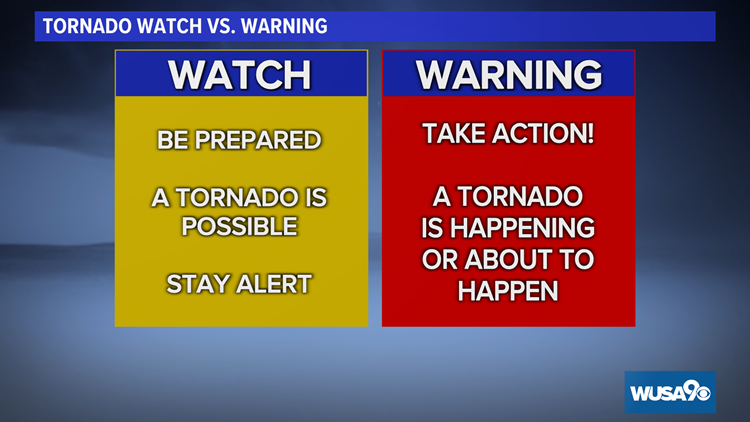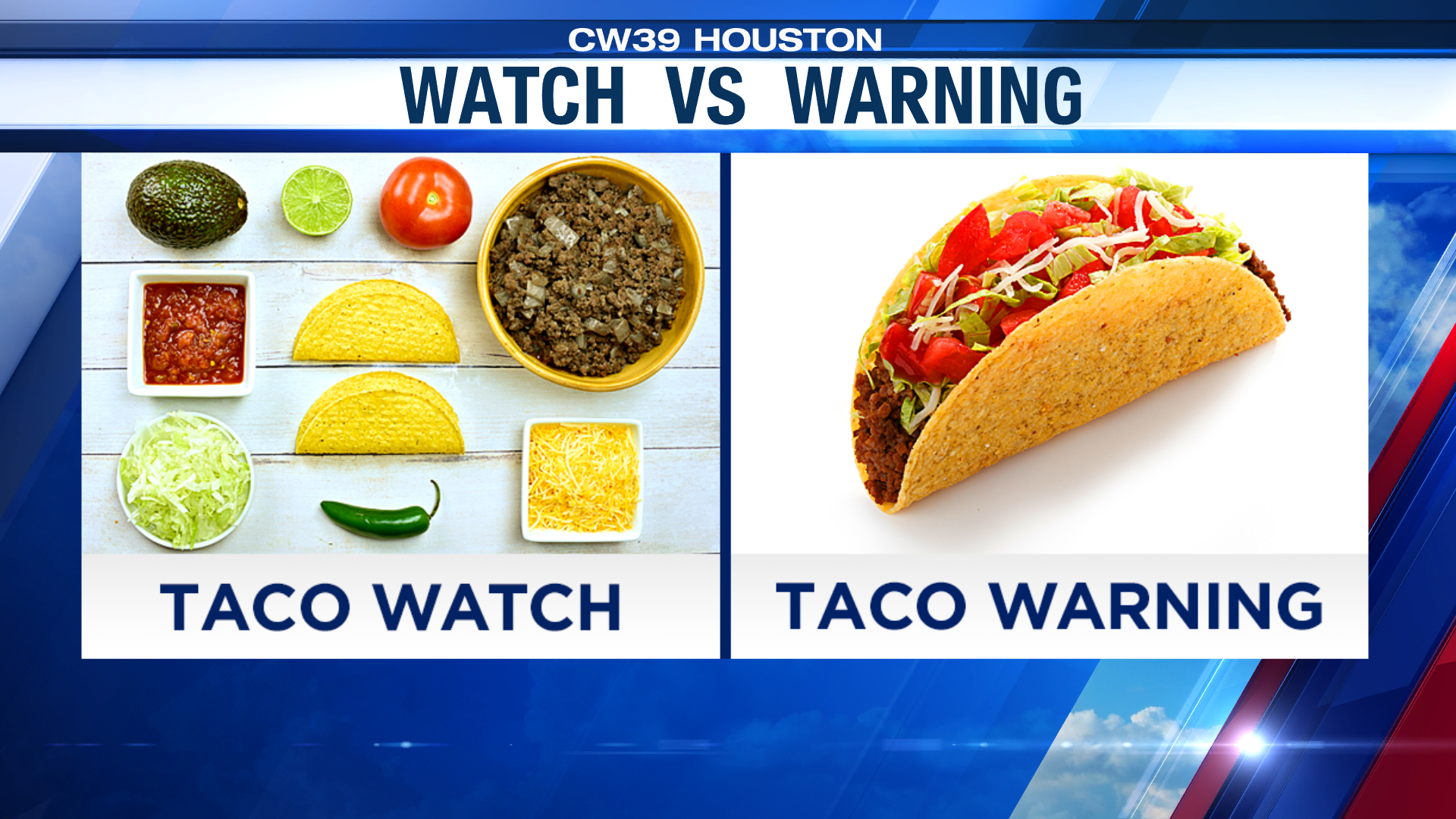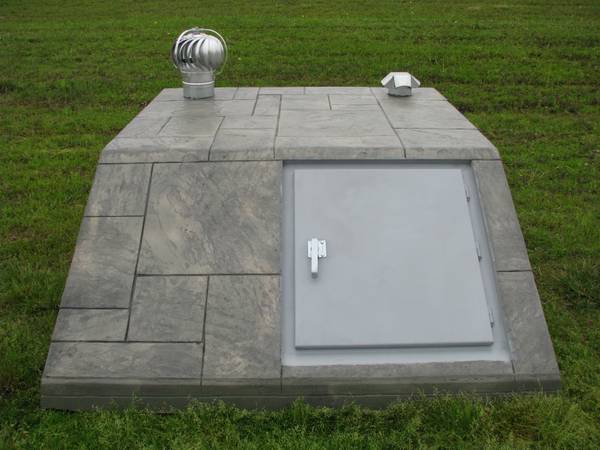Tornado Watch vs. Tornado Warning: What’s the Difference?
Do you know the difference between a tornado watch and a tornado warning? Understanding the distinction between these two alerts is crucial for ensuring your safety during severe weather. In this guide, we’ll break down what each term means and what actions you should take when either a watch or a warning is issued.

What is a Tornado Watch?
A tornado watch means that weather conditions are favorable for the development of tornadoes. This alert is typically issued by the National Weather Service (NWS) over a broad area for a specified period of time. While a tornado may not be occurring at the moment, the atmosphere is primed for one to form, and people in the affected area should be on high alert.
During a tornado watch, you should:
- Stay informed: Keep an eye on weather updates via local news, a weather radio, or apps like the FEMA emergency alerts.
- Review your emergency plan: Make sure you and your family know where to go in the event of a tornado. Ideal locations include basements, storm cellars, or an interior room on the lowest level of your home.
- Prepare for quick action: Be ready to move to your safe location at a moment’s notice if a tornado warning is issued.
It’s important to understand that a watch does not mean a tornado has been spotted—it’s simply a heads-up to be vigilant and ready.

What is a Tornado Warning?
A tornado warning is far more urgent. This means that a tornado has either been spotted by a trained observer or detected on weather radar. When a tornado warning is issued, you must take immediate action to protect yourself and your family, as a tornado is either imminent or actively occurring.
When a tornado warning is issued, you should:
- Seek shelter immediately: Move to the lowest floor of your home, such as a basement or storm cellar. If you don’t have a basement, go to a small interior room, like a bathroom or closet, and cover yourself with a mattress or blankets for extra protection.
- Avoid windows: Flying debris can cause significant injuries. Stay away from windows and cover your head with your arms or pillows.
- Stay in shelter until the warning is lifted: Do not leave your shelter until you are certain the storm has passed and the warning has been canceled by local authorities.
A tornado warning indicates an immediate threat to life and property. It’s essential to follow these safety tips to reduce your risk of injury or worse during a tornado.
Key Differences Between a Tornado Watch and Tornado Warning
Now that we’ve defined both terms, let’s compare the main differences:
| Criteria | Tornado Watch | Tornado Warning |
|---|---|---|
| Definition | Conditions are favorable for tornadoes to form. | A tornado has been spotted or detected on radar. |
| Action | Stay informed and be prepared to seek shelter. | Seek shelter immediately; a tornado is happening or imminent. |
| Coverage Area | Covers a larger area, typically multiple counties. | Covers a smaller area where a tornado is occurring or expected to form. |
How to Stay Safe During Tornado Season
Tornado season varies by region, but generally peaks between March and June in the United States. To stay safe during this time, it’s important to stay prepared:
- Sign up for weather alerts: Many apps and services, including those from the National Weather Service and The Weather Channel, offer real-time notifications about tornado watches and warnings in your area.
- Prepare an emergency kit: Include items such as water, non-perishable food, flashlights, batteries, and a first-aid kit. You can find a full list of recommended supplies from Ready.gov.
- Practice your tornado safety plan: Conduct drills with your family so everyone knows where to go and what to do in the event of a tornado warning.

Conclusion
Understanding the difference between a tornado watch and a tornado warning can save lives. A watch means it’s time to stay alert and be ready, while a warning means you need to take immediate action to protect yourself. Always pay close attention to weather alerts, have an emergency plan in place, and reach out to professionals for help if your home is damaged after a storm.
FAQ
What should I do during a tornado watch?
During a tornado watch, stay informed through weather updates, review your emergency plan, and prepare to take shelter if a tornado warning is issued.
What is the difference between a tornado watch and a tornado warning?
A tornado watch means conditions are favorable for tornadoes, while a warning means a tornado is either occurring or imminent, and you need to seek shelter immediately.
How long does a tornado warning typically last?
A tornado warning usually lasts around 30 minutes, but it can vary depending on the storm’s activity. Stay in shelter until authorities confirm it is safe to leave.
Where is the safest place in your house during a tornado warning?
The safest place is a basement or an interior room on the lowest floor of your home, away from windows and outside walls.
Can you get a tornado during a thunderstorm?
Yes, tornadoes can develop during severe thunderstorms, particularly when the conditions for a tornado watch are in place.

